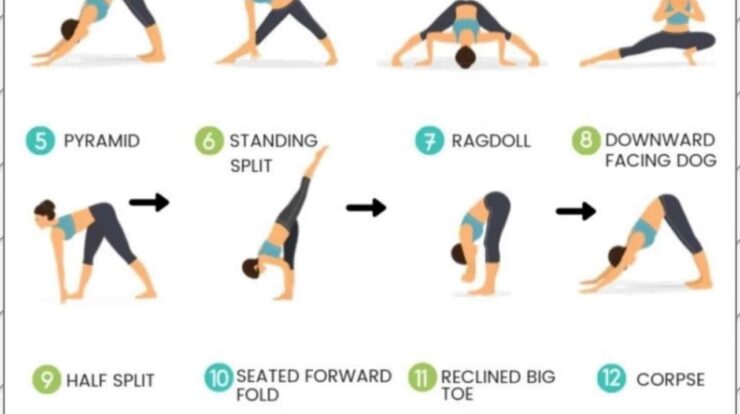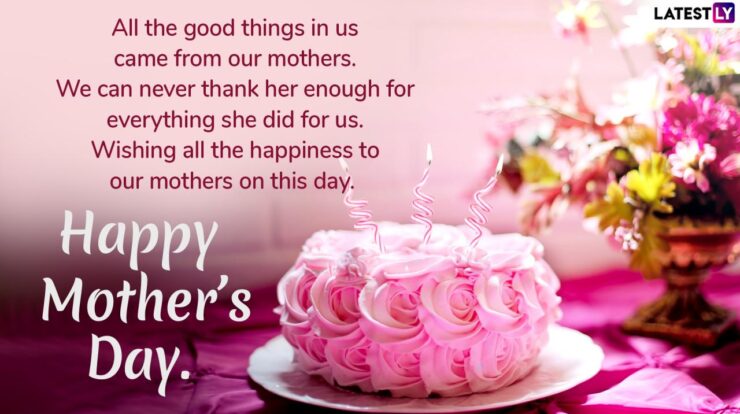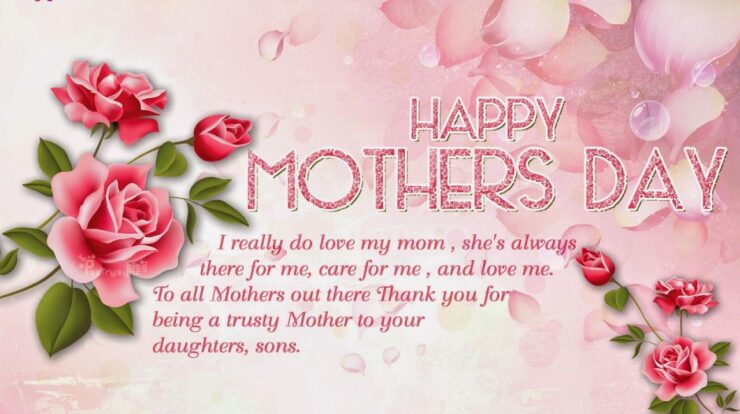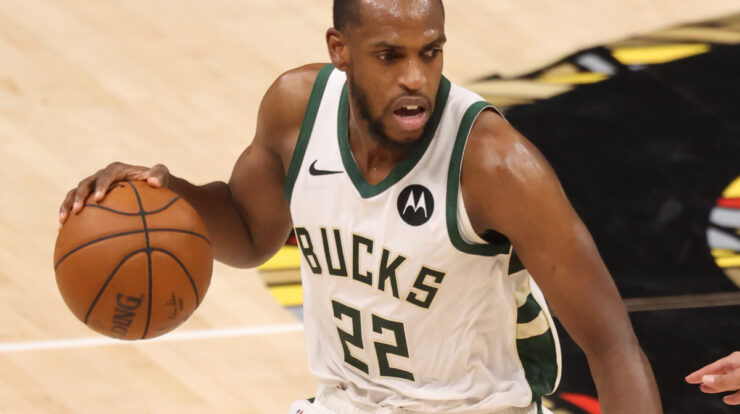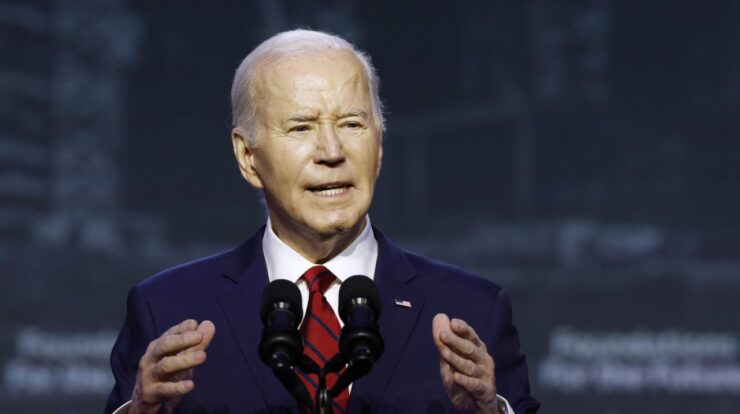
White house correspondents dinner watch – Step into the spotlight of the White House Correspondents’ Dinner, an iconic event that has shaped the relationship between the media and the presidency. From its humble beginnings to its current status as a cultural phenomenon, this dinner has witnessed countless memorable moments, influenced political discourse, and reflected the changing face of American society.
Stay informed about severe weather events with the oge system watch . For a captivating home viewing experience, check out the latest releases on what to watch on apple tv . If you’re a basketball fan, don’t miss the exciting games with lakers watch . Understanding the difference between a watch and a warning is crucial in is watch or warning worse situations.
And for free and local TV, learn how to watch ion to stay connected with your community.
Over the years, the White House Correspondents’ Dinner has evolved into a platform for humor, satire, and political commentary. Its impact extends far beyond the walls of the ballroom, shaping popular culture and providing a unique lens into the inner workings of American politics.
Historical Significance
The White House Correspondents’ Dinner (WHCD) holds a unique place in American history and culture. Established in 1921, the event initially served as a casual gathering between journalists covering the White House and the president. Over the years, the WHCD has evolved into a highly anticipated social and political occasion that shapes the relationship between the media and the presidency.
In its early years, the WHCD was a closed-door affair where journalists could interact with the president informally. However, in the 1980s, the event became more public and began to feature speeches and performances from celebrities and politicians. This transformation solidified the WHCD’s status as a platform for political satire and humor, often targeting the president and the administration.
Purpose and Impact
The primary purpose of the WHCD is to honor the work of White House correspondents and to promote freedom of the press. The event provides an opportunity for journalists to socialize with the president and other government officials in a non-confrontational setting.
Additionally, the WHCD has become a venue for presidents to address the press corps and the public in a humorous and lighthearted manner.
The WHCD has had a significant impact on the relationship between the media and the presidency. The event has fostered a sense of camaraderie between journalists and politicians, allowing for open dialogue and a better understanding of each other’s perspectives.
Furthermore, the WHCD has raised awareness about the importance of a free and independent press in a democratic society.
Current Trends
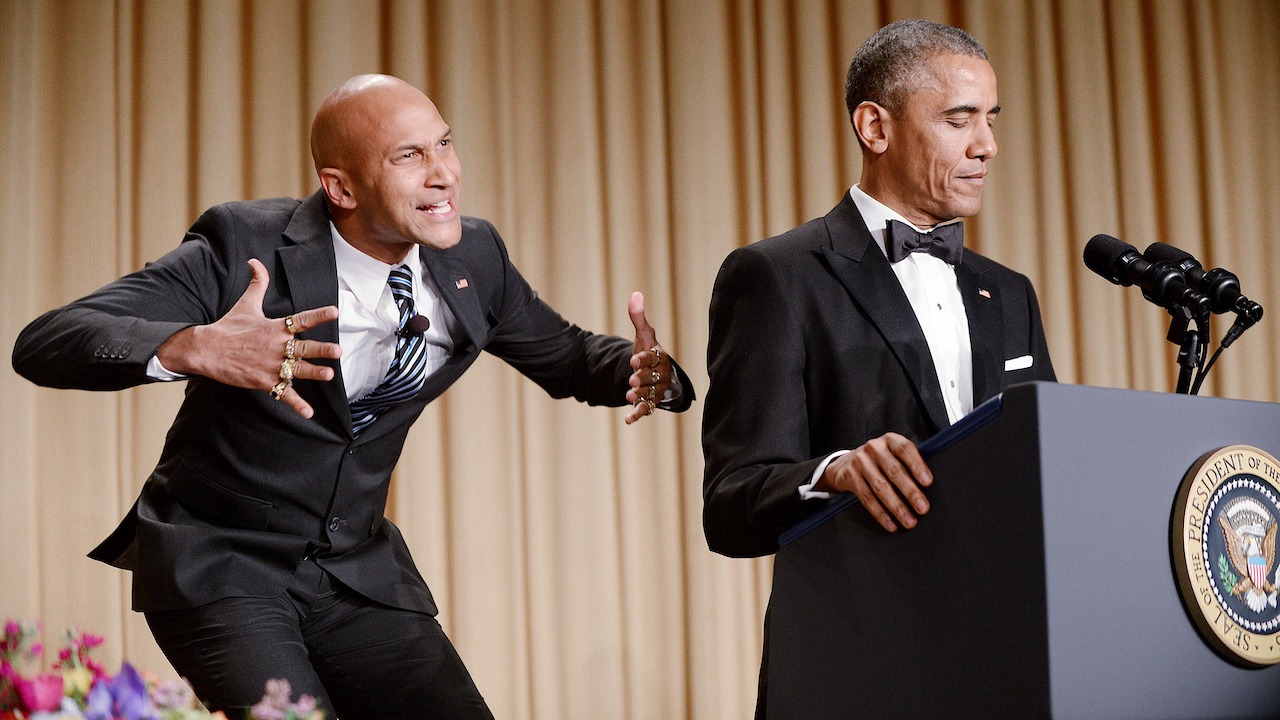
In recent years, the WHCD has undergone several notable changes. The event has become more inclusive, with a wider range of media outlets represented and a greater diversity of speakers and performers. Additionally, the WHCD has embraced social media, using platforms like Twitter and Instagram to engage with a broader audience.
The 24-hour news cycle has also had an impact on the WHCD. The event is now covered live by multiple news networks, and journalists are expected to provide immediate analysis and commentary on the speeches and performances. This has led to a greater focus on the political implications of the WHCD, as well as a more critical examination of the event’s content.
Format, Tone, and Audience
The format of the WHCD has remained largely unchanged over the years, with a keynote speech from the president, followed by a series of performances and speeches from comedians, celebrities, and journalists. However, the tone of the event has shifted in recent years, becoming more overtly political and satirical.
The audience for the WHCD has also expanded in recent years. In addition to White House correspondents, the event now attracts a wider range of guests, including politicians, celebrities, and business leaders. This has contributed to the WHCD’s status as a major cultural event that transcends the political sphere.
Cultural Impact
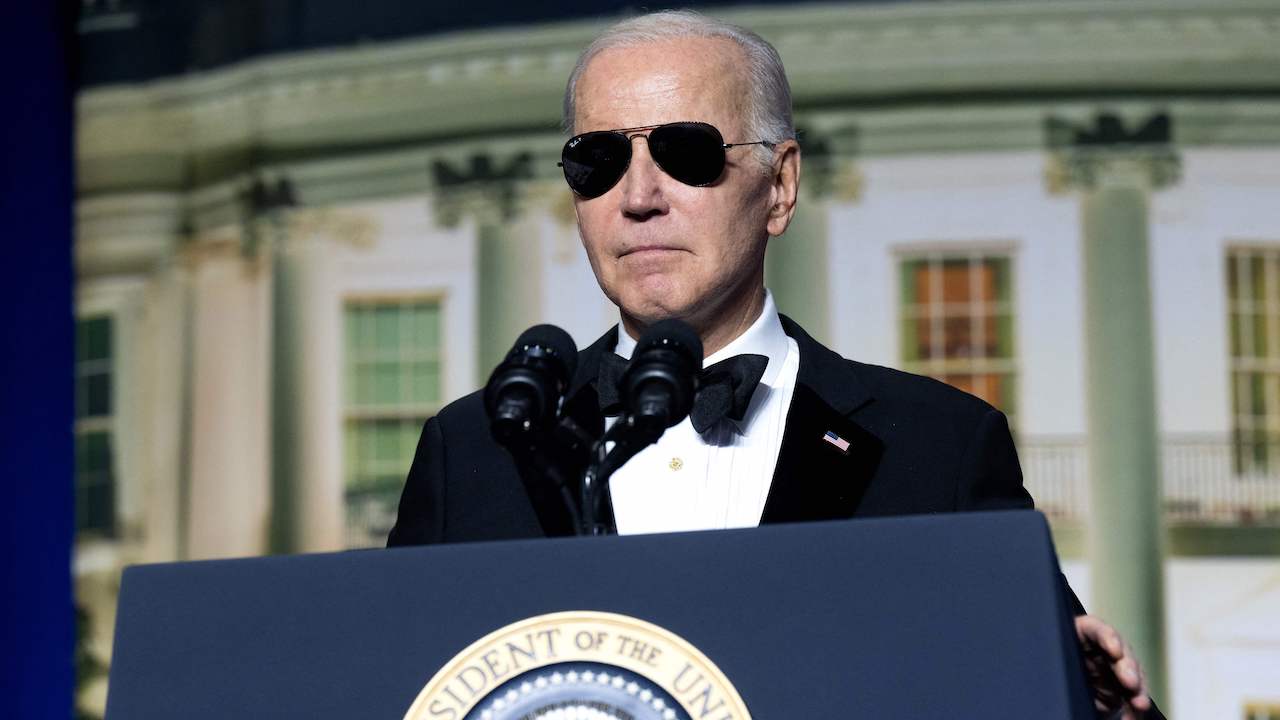
The WHCD has become a significant cultural phenomenon, reflecting the American fascination with politics, humor, and celebrity. The event has been parodied in popular culture, including in movies, TV shows, and comedy sketches.
The WHCD has also had a profound impact on humor and satire. The event has provided a platform for some of the most talented comedians and satirists in the country, and has helped to shape the way that we view politics and the media.
Stay informed with the OGE System Watch to monitor the latest government shutdown updates. Explore what to watch on Apple TV for an array of captivating shows and movies. Catch the thrilling Lakers games live on Lakers Watch . Stay prepared during weather events by understanding the difference between watch and warning . Don’t miss out on your favorite Ion programming; find out how to watch Ion on your preferred device.
Role in Popular Culture and American Society
The WHCD has played a significant role in popular culture, influencing the way that we think about politics and the media. The event has become a cultural touchstone, and its speeches and performances are often quoted and referenced in other forms of entertainment.
The WHCD has also reflected the changing social and political landscape of American society. The event has become more inclusive in recent years, and has featured a wider range of voices and perspectives. This has helped to make the WHCD a more relevant and engaging event for a broader audience.
Notable Moments
The WHCD has been the stage for some of the most memorable moments in American history. In 1964, President Lyndon B. Johnson delivered a speech that was widely considered one of the funniest and most effective presidential addresses ever given.
In 1987, comedian Mark Russell performed a scathing routine that skewered the Reagan administration. And in 2011, President Barack Obama used his speech at the WHCD to deliver a powerful and moving defense of freedom of the press.
Timeline of Memorable Moments
- 1964: President Lyndon B. Johnson delivers a humorous and effective speech.
- 1987: Comedian Mark Russell performs a scathing routine that skewers the Reagan administration.
- 2011: President Barack Obama delivers a powerful and moving defense of freedom of the press.
- 2016: President Obama roasts Donald Trump in a comedic speech.
- 2018: Comedian Michelle Wolf delivers a controversial and polarizing performance.
Behind the Scenes
The WHCD is a massive undertaking that requires months of planning and coordination. A team of journalists and event planners work together to ensure that the event runs smoothly and that all guests have a positive experience.
The WHCD is funded through ticket sales and sponsorships. The proceeds from the event are donated to scholarships and other programs that support journalism.
Challenges and Rewards
Planning and executing the WHCD is a challenging task. The event requires a high level of security and coordination, and the organizers must be prepared for anything that might happen.
However, the WHCD is also a rewarding experience for the organizers and attendees. The event provides an opportunity to celebrate the work of journalists and to promote freedom of the press. It is also a unique opportunity for guests to interact with the president and other government officials in a relaxed and informal setting.
Future of the Event
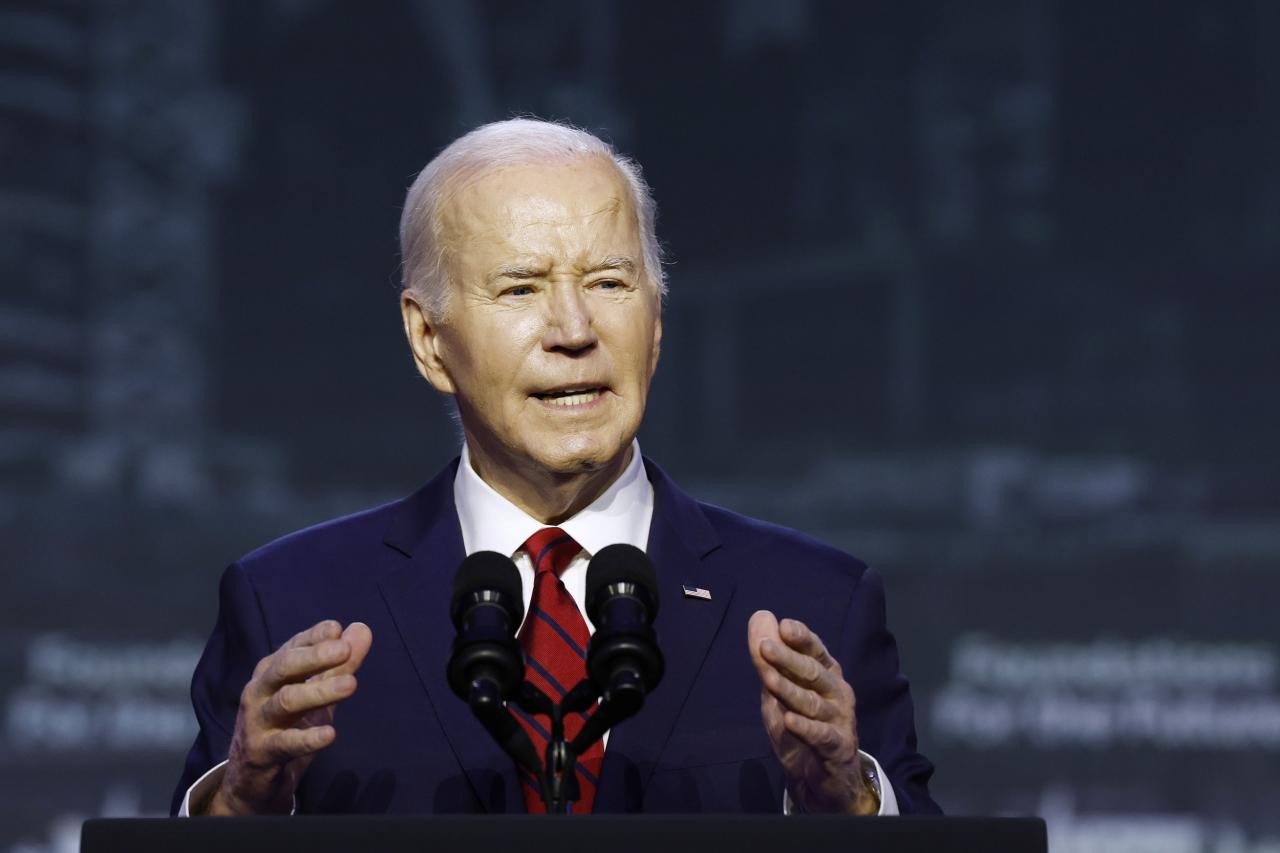
The future of the WHCD is uncertain. The event has faced criticism in recent years for becoming too political and for losing sight of its original purpose of honoring White House correspondents.
However, the WHCD remains a popular and influential event. It is likely that the event will continue to evolve in the future, but it is unclear what form it will take.
Potential for Evolution and Adaptation, White house correspondents dinner watch
The WHCD has the potential to evolve and adapt to meet the needs of the 21st century. The event could become more inclusive, more focused on journalism, or more relevant to the current political climate.
Ultimately, the future of the WHCD will depend on the decisions made by the organizers and the attendees. If the event can adapt to the changing times, it will continue to be a significant cultural and political force for years to come.
Ultimate Conclusion: White House Correspondents Dinner Watch
As the media landscape continues to shift, the future of the White House Correspondents’ Dinner remains uncertain. Yet, one thing is clear: this event has left an indelible mark on American history and culture. Its legacy as a forum for free speech, political accountability, and shared laughter will undoubtedly endure for generations to come.
Commonly Asked Questions
What is the purpose of the White House Correspondents’ Dinner?
The White House Correspondents’ Dinner is an annual event that brings together journalists, politicians, and celebrities to celebrate the First Amendment and raise funds for journalism scholarships.
Who attends the White House Correspondents’ Dinner?
The dinner is attended by the President of the United States, members of the Cabinet, members of Congress, journalists, and celebrities.
What is the significance of the White House Correspondents’ Dinner?
The dinner is a unique opportunity for journalists to interact with the President and other government officials in a social setting. It is also a platform for political humor and satire.

